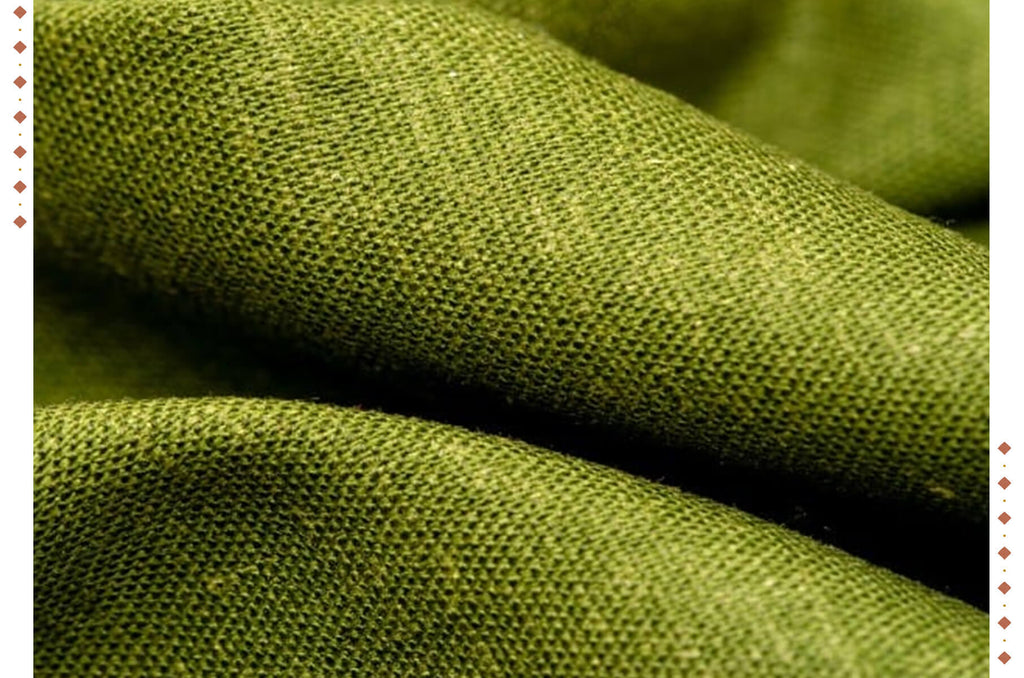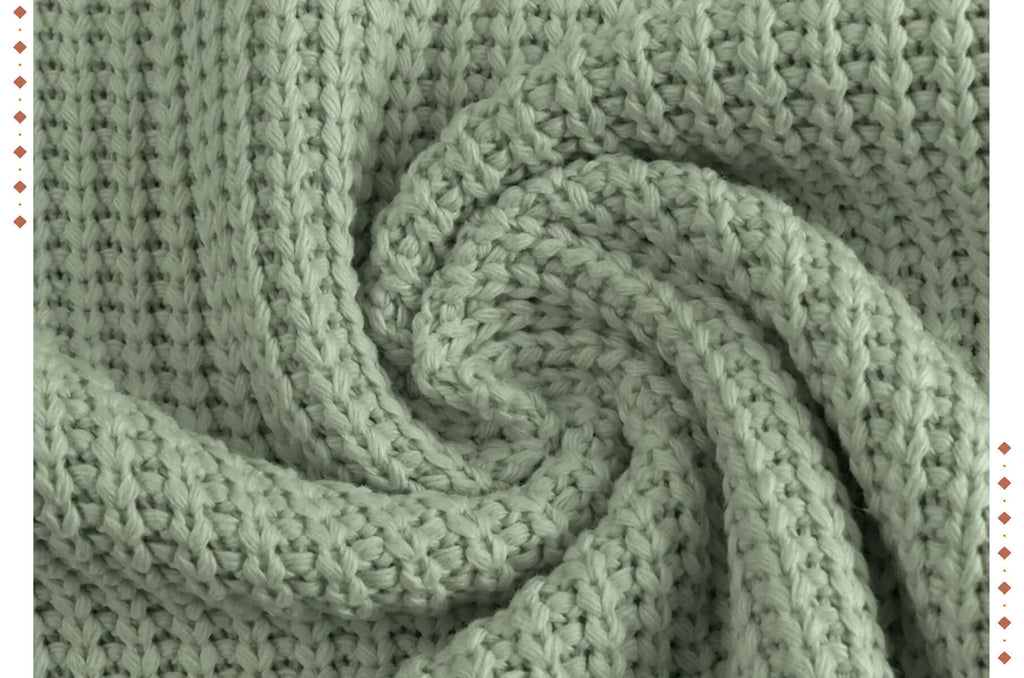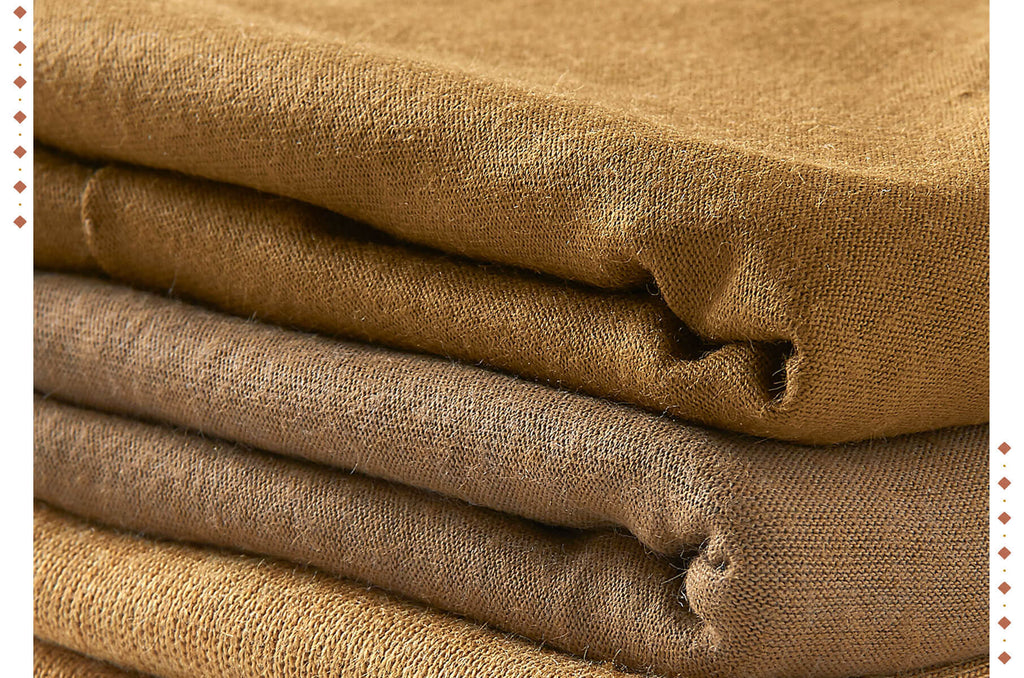A fabric is a substance or product made either by knitting, weaving, or crocheting that can be applied in the manufacturing of clothing, home decor, or accessories. Whereas, a textile is a material that has been made of interlacing different fibers. A subtle variation but a difference nonetheless!
Of course, textiles have a very significant role in the civilization of a human. It fulfills our primary needs such as clothing, offering shelter, and other accessories. If we say it, textile is an expression of being creative!
The most fascinating thing about textiles is that you will find one or the other in most households.
Take a look around you and identify textiles!
Collect and examine them. Can you see the threads that are interlocking?
We know that understanding the structure of the fabric is a complicated thing, however, it is vital to get in clarity to make a good decision regarding the right fabrication for your clothing.
When we speak about fabrics, they are divided into two categories, first woven and second knitted. So let’s explore them in depth.
What Is a Woven Fabric?

Woven fabrics are textiles that are curated by weaving two sets of yarn altogether. Fabric manufacturers apply looms to weave vertical warp threads and horizontal threads of weft in order to create woven fabric.
When you see the woven fabric closely, you can observe that it resembles a checkerboard of a straight thread interlaced at a right angle which is similar to a woven basket. Moreover, it is a very common textile for structured clothing like coats, blazers, and so on.
Characteristics of Woven Fabric

- It has a superb framework- Woven fabric is highly structured and doesn't lose its shape when draped over anything. This fabric is not stretchy and will retain its shape after being twisted.
- Easily creased and wrinkled- Because of its construction, woven cloth readily retains wrinkles and creases, requiring frequent ironing to maintain a neat and smooth appearance.
- It's often coarse- The strands used to make woven fabric aren't always as smooth as the yarns used to make knits, so the finished product might feel a little rough.
- Last a long time- Woven fabrics are very long-lasting since they retain their shape and don't pill easily even after several piles of washing.
- Sewing is easy- Woven fabric is often not very elastic, making it easy to sew without gathering or puckering.
- Costly- As a general rule, weaving a fabric takes longer than knitting one. Therefore, the price of woven textiles goes up whether you're looking to buy the fabric or the finished product.
What Is a Knit Fabric?

Knit fabric is a type of textile that is made from interlocking yarns with the help of long needles. It is further divided into two distinct kinds- Weft and warp knitting. Weft knitting is a fabric wherein the loops run back and forth, however, in warp knitting the loops run up and down.
Most fabric manufacturers utilize knit fabric in making sportswear, leggings, cardigans, socks, and other shirting items.
Characteristics of Knit Fabric

- Pliable and elastic- Because it is constructed from a series of loops, knit fabric is particularly adaptable and may be stretched in both width and length. This material works well for snug, form-fitting garments without zippers. Knit fabric is adaptable and unstructured in texture, so it may be stretched or draped over almost any shape.
- It doesn't wrinkle easily- Knit fabric is very wrinkle-resistant because of its flexibility; if you scrunch up a piece of knit fabric and then release it, the material should return to its original shape.
- Soft- Generally speaking, knits have a silky texture. The ribbing will make a looser-knit fabric seem rough and ridged, whereas a tighter-knit fabric will have a smooth, velvety texture.
- Maintenance- Knits may be cleaned in the machine or by hand with little risk of damaging the fabric. This sort of cloth is wrinkle-free and hence does not need ironing.
- Easily broken or damaged- Knits are not as long-lasting as woven fabrics and tend to stretch and pill after some wear and tear.
- Difficult to sew.- Stitching straight lines in knit fabric without gathering or puckering may be a big challenge, regardless of whether you're using a sewing machine or a needle and thread.
FAQ
What is the strongest fabric?
When we talk about natural fabric, spider silk is known to be the strongest fabric in the world.
What is the main source of fabric?
Fossil fuel crude oil is the main source of fabric as more than 62 percent of fabric in the fashion industry originated from this.
We also happen to be a magnet for suggestions, and would love to catch yours….throw us yours on hello@fabriclore.com




